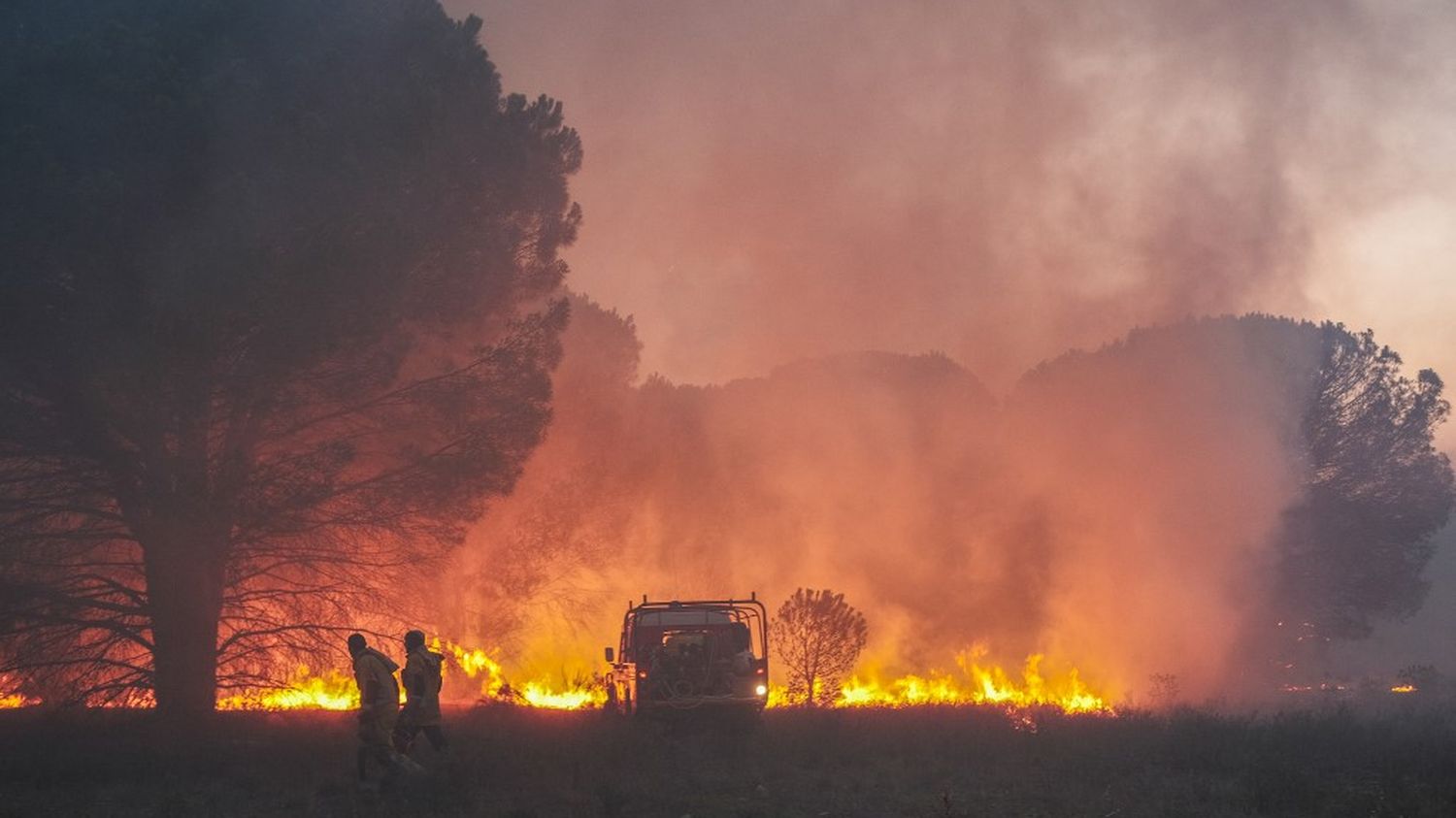In a report, the WMO calls for joint action to stem these deeply intertwined phenomena.

Published
Reading time: 2 min

“Ambient air pollution causes more than 4.5 million premature deaths each year.” In a report published on Thursday, September 5, the World Meteorological Organization (WMO) clearly establishes a link between global warming, the increase in forest fires and air pollution, and warns of this “vicious circle” with disastrous consequences for human health. Because the increase in global temperatures promotes the occurrence of fires. However, by devouring the landscapes, the flames release particles that degrade air quality and accentuate climate change.
The WMO thus recalls that, if the increase in forest fires has several causes, global warming “has an indirect role in increasing the frequency and intensity of heat waves and prolonging drought”.
“These conditions increase the risk and likelihood of wildfires spreading.”
The World Meteorological Organizationin a report
In 2023, numerous fires in the northern and southern hemispheres have thus “resulted in total cumulative emissions of particles and carbon well above the annual average of at least the last 20 years”warns the WMO. In Canada, for example, the year 2023 set a multi-decade record, with seven times more hectares burned than the average from 1990 to 2013. Chile was also hit by devastating forest fires in 2023 and even declared a state of environmental emergency in some regions, in the face of alarming levels of air pollution recorded.
In its report, the World Meteorological Organization points out in particular particles with a diameter of 2.5 micrometers or less (PM2.5), which come in particular from forest fires and which “pose a serious health risk, particularly if inhaled for long periods”The European Copernicus service and the NASA CMMS office have in fact established that “North American wildfires caused exceptionally high PM2.5 emissions compared to the 2003-2023 baseline period”.
This pollution, aggravated by forest fires, not only has consequences for human health, but also for agriculture and ecosystems. “Nitrogen, sulfur and ozone deposition reduces services provided by natural ecosystems such as clean water, biodiversity and carbon storage”explains the WMO report.
Fine particle air pollution also reduces the amount of sunlight that reaches plant leaves. Fine particles “can reduce crop productivity in regions where maximizing yields is critical to feeding the population”explains the WMO. The problem is that agriculture itself contributes to these emissions, through the application of fertilizers and pesticides or the practice of burning. The WMO suggests simple solutions, such as planting trees or shrubs to protect crops from this pollution.
To stem these reactions which fuel a “vicious circle”the WMO recommends addressing the problem of global warming and air pollution jointly. “Climate change and air quality cannot be treated separately. They go hand in hand and must be addressed together. It would be a win-win situation for the health of our planet, its people and our economies to recognize the interrelationship and act accordingly.”concludes Ko Barrett, the organization’s deputy secretary general.
